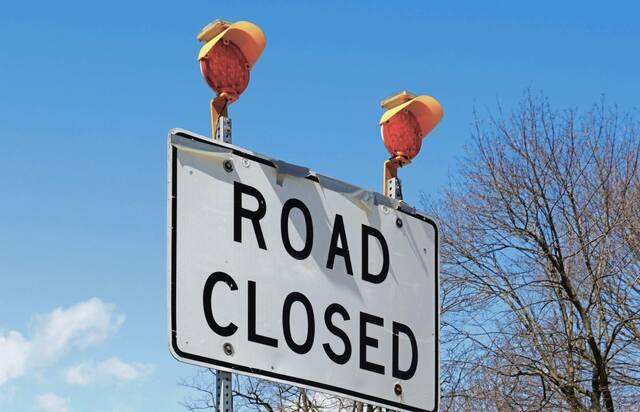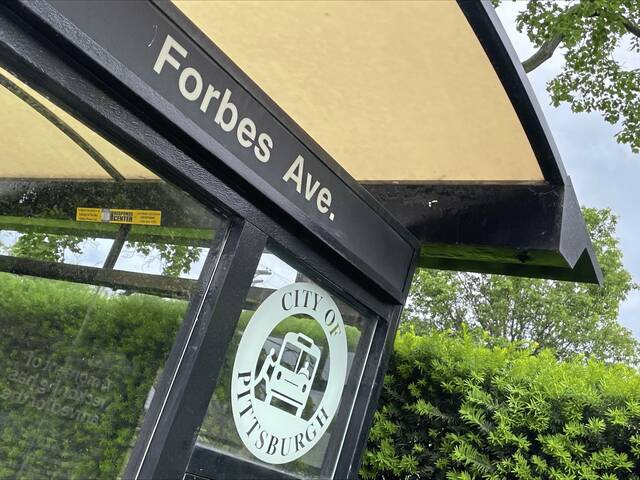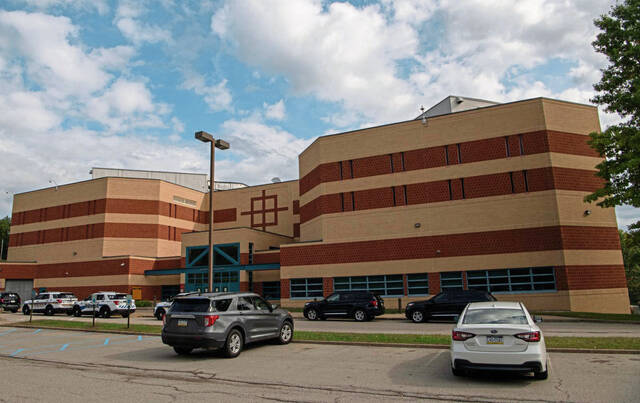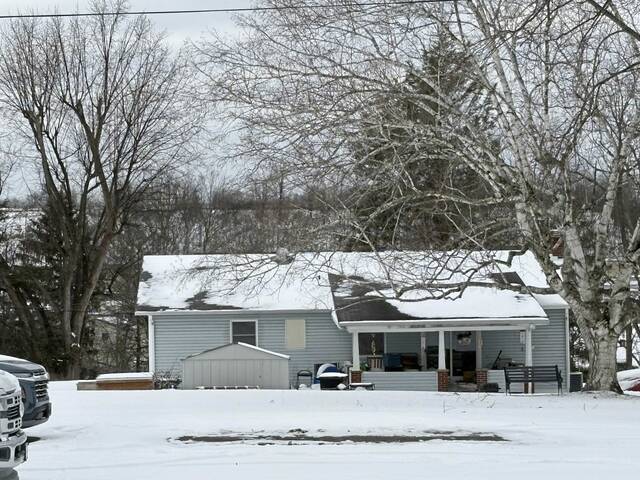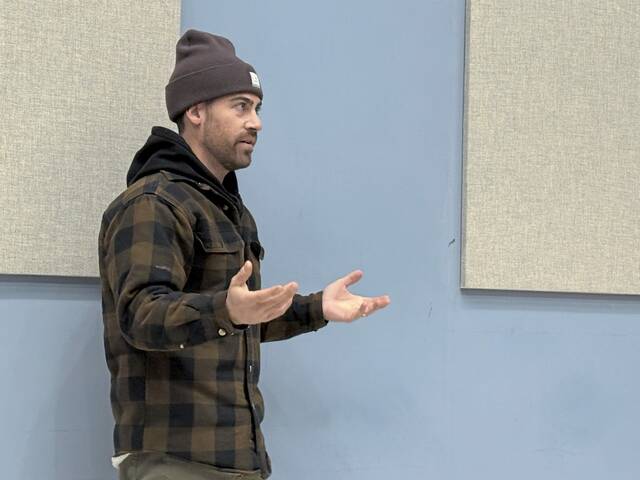Lawyers for the victims of the Fern Hollow Bridge collapse didn’t hold back Wednesday after listening to federal investigators fault inspectors, officials and regulators for the disaster.
“I think it’s outrageous,” Peter Giglione, the attorney who represents the Pittsburgh Regional Transit bus driver injured that day, said of the inaction by Pittsburgh officials. “I don’t know how many more red flags they needed to see to decide to act on this.”
Jason Matzus, the attorney for a dentist hurt in the collapse, echoed those sentiments, calling the findings by the National Transportation Safety Board “a sweeping and damning indictment of the City of Pittsburgh, bridge inspection companies and the entire inspection, maintenance and oversight process.”
Their sharp reactions came in response to a virtual meeting by the National Transportation Safety Board. The board blamed the Jan. 28, 2022, collapse of the 447-foot-long bridge over Frick Park in Pittsburgh’s East End on a confluence of factors.
In the middle, it said, was the city, which left bridge drains clogged with debris, never addressed severe corrosion of the span’s legs and failed to heed repeated warnings for more than a dozen years about the state of the bridge.
“The city was being told it was really bad,” Giglione said. “In reality, it was even worse than what they were being told. It’s a systemic issue. It’s a systemwide failure.”
NTSB board Chairwoman Jennifer Homendy, who led Wednesday’s hearing to determine probable cause for the collapse, also blamed substandard, contracted inspections conducted on the bridge.
She pointed to a lack of oversight by the Pennsylvania Department of Transportation and the Federal Highway Administration as a contributing factor to the collapse.
“It was failure after failure after failure,” Homendy said.
With so much damning evidence, one might expect plaintiffs’ attorneys to be able to seek a high level of damages for their clients who were injured in the collapse.
But Pennsylvania law caps at $500,000 any damages that could be assessed to the City of Pittsburgh — no matter how many casualties there were.
And, in this case, the victims’ attorneys believe PennDOT is entirely immune from a lawsuit.
That leaves the two engineering firms involved in bridge inspections, CDM Smith Inc. and Gannett Fleming, as additional targets.
Calls to both firms Wednesday went unanswered.
Lawsuits already have been filed by seven of the people who were caught in the collapse.
But the limitations they face in recovering damages illustrates everything that is wrong with state law on this issue, Matzus said.
“If we can’t hold them accountable, they have no incentive and no fear from not complying,” he said. “It creates the perverse incentive that they simply don’t need to take preventative safety as seriously as they otherwise should.”
Steve Barth, who also represents the bus driver, Daryl Luciani, said civil litigation is meant to hold responsible parties accountable.
“The government expects personal accountability of its citizens, and the citizens should expect personal accountability from their government and anyone who contracts with them,” he said.
As Giglione listened to the safety board findings, he said they were consistent with those of the expert the plaintiffs have retained in their case, although he said he was surprised by what emerged about the lack of PennDOT oversight.
Giglione hopes the findings send a message to local, state and federal governments about how important it is to maintain infrastructure.
Matzus addressed the safety board’s findings about the companies performing bridge inspections. He said they failed to conform with even the most basic of their duties — including following national standards and calculating the maximum weight of vehicles allowed on the bridge.
Dropped to 26 tons in 2014, the bridge’s load rating, according to the NTSB investigation, should have been reduced to less than 3 tons and resulted in the bridge’s closure.
“They were off by orders of magnitude,” Matzus said.
Still, even with less than complete information from the inspection companies, “the city was given enough bad news to take action, and they turned a blind eye,” Matzus said.
“It’s reckless.”
The hearing, Barth said, showed politics and a lack of government leadership allowed the bridge collapse to occur. Instead of building bike lanes and putting in scooter stations, he said, the city should have prioritized the safety and maintenance of its bridge.
“This could have been prevented every year, every month, every day, every hour, every second before the time this bridge collapsed,” Barth said. “Nothing was done. No one did anything.”
Matzus said the city can cry poor that it didn’t have adequate funding, but that rings hollow because most bridge funding comes from the federal government.
“You just have to ask for it,” he said. “They did nothing, didn’t lift a finger to get money allocated for Fern Hollow Bridge.”



